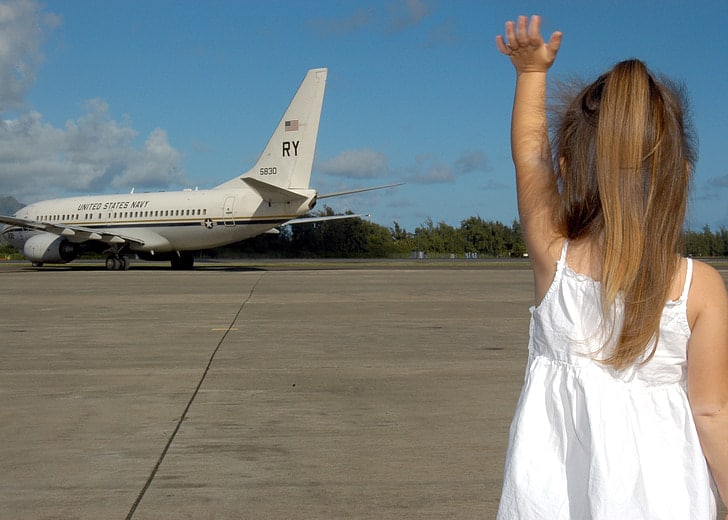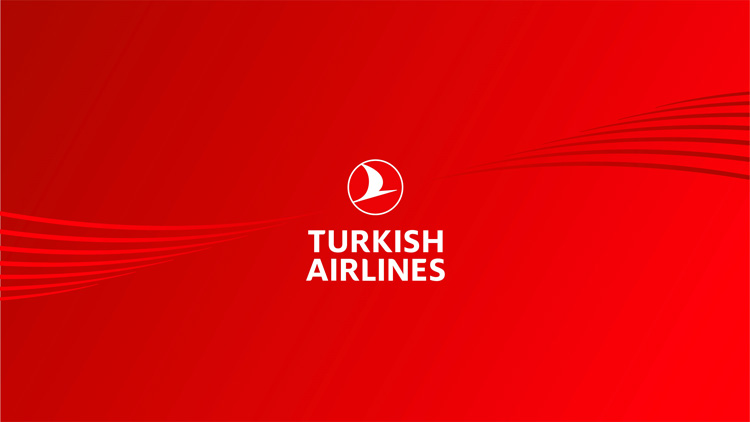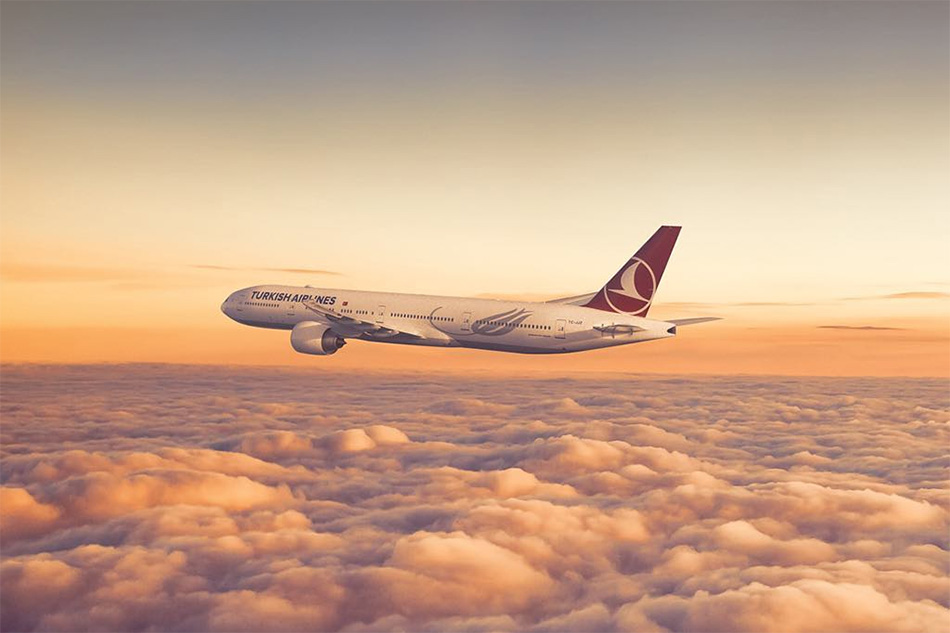The landscape of air travel preferences is ever-evolving, influenced by changing trends and shifting passenger priorities. A recent study by PhotoAID has shed light on a rising desire among American travelers for child-free flights, revealing insights into the extent of this trend and the reasons behind it.
The survey indicates that a significant proportion of American travelers, approximately eight out of ten, are increasingly interested in the concept of “adults-only” flights. This desire is accompanied by a surprising willingness to pay extra for such an option, with 64% of respondents indicating their readiness to fork out an additional 10-30% or more of the standard fare. Interestingly, this willingness to pay more seems to escalate as the length of the flight increases.
Notably, the participants’ social status appears to have a minimal effect on their responses, with individuals from various demographic backgrounds expressing similar sentiments. The only notable discrepancy emerges when discussing child-free premium flights, where a higher percentage of passengers are inclined to pay extra – a significant 89%.
However, the most intriguing aspect of this trend is that passengers’ quest for personal comfort often takes precedence over the environmentally-conscious discourse that has gained momentum in recent years. Despite being aware that such a choice could contribute to increased carbon emissions, 89% of those in favor of child-free flights remain steadfast in their desire to have a tranquil journey, regardless of the broader environmental implications.
Moreover, the study unveils that among the various groups surveyed – men, women, parents, and non-parents – there exists a consistent support for the concept of segregating children from adults during flights. This alignment underscores the widespread appeal of a child-free option among diverse passenger segments.
While the notion of child-free flights may evoke polarized opinions, the survey delves into potential compromises to cater to both preferences. Interestingly, a majority of participants (69%) who expressed reservations about completely child-free flights deemed the creation of designated “child-free zones” within the aircraft as an acceptable middle ground. This approach attempts to balance the desire for peace and quiet with the practical consideration of family travelers.
On the other hand, approximately 36% of respondents believed that the responsibility to manage their children’s behavior lies squarely with parents. This perspective places the onus on parents to ensure their children do not disrupt fellow passengers, advocating for a sense of shared accountability.
Several airlines have already recognized the demand for child-free areas and have taken steps to implement such options. For instance, airlines like IndiGo and AirAsia have established “quiet zones” where passengers under a certain age are not permitted. Malaysia Airlines restricts children from certain sections of their aircraft, and Singaporean low-cost carrier Scoot even offers a choice to pay extra for seating away from children.
The conversation surrounding child-free flights demonstrates the complexity of balancing passenger desires for comfort, convenience, and personal space while flying, alongside the need to accommodate the diverse needs of all travelers. As airlines continue to adapt to evolving preferences, the challenge lies in providing a harmonious travel experience that respects individual choices while promoting an environment of inclusivity and consideration.










